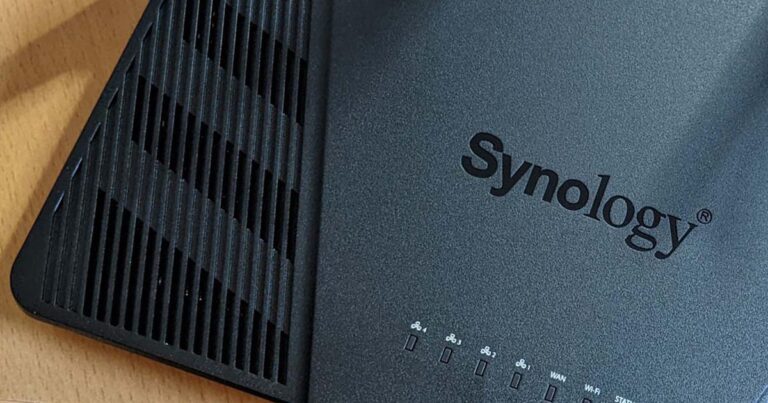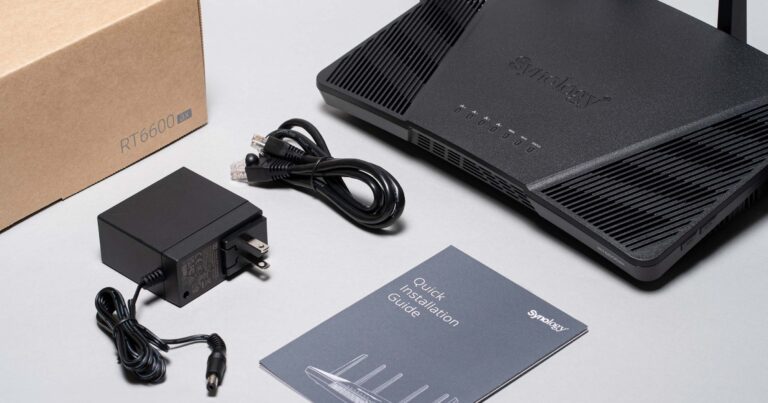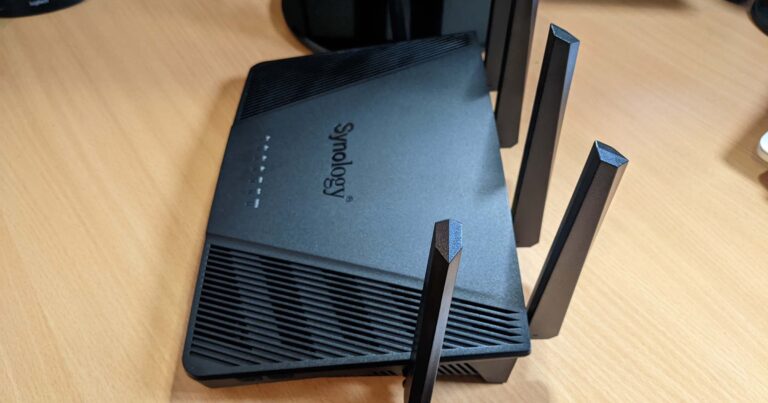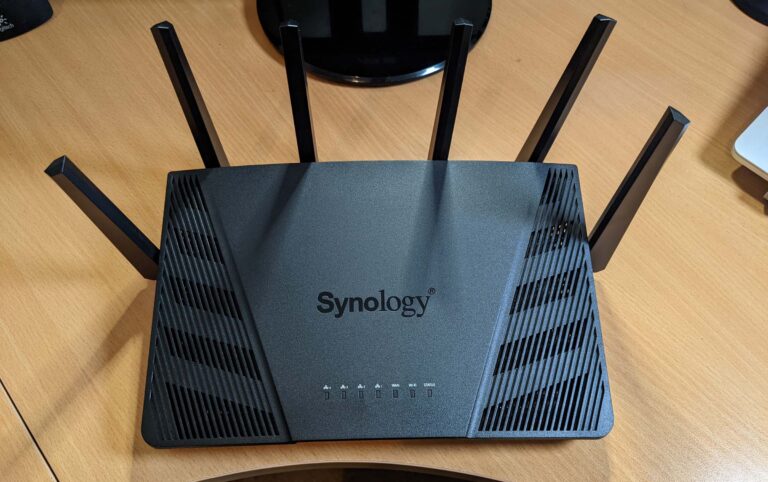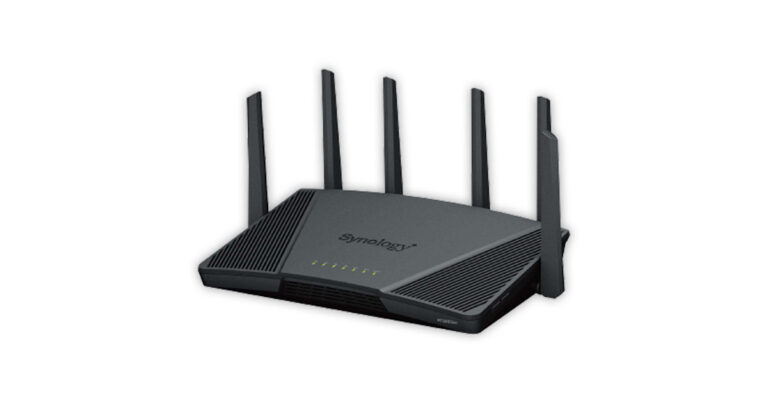Optus Mobile Review ALDI Mobile Review Amaysim Mobile Review Belong Mobile Review Circles.Life Review Vodafone Mobile Review Woolworths Mobile Review Felix Mobile Review Best iPhone Plans Best Family Mobile Plans Best Budget Smartphones Best Prepaid Plans Best SIM-Only Plans Best Plans For Kids And Teens Best Cheap Mobile Plans Telstra vs Optus Mobile Optus NBN Review Belong NBN Review Vodafone NBN Review Superloop NBN Review Aussie BB NBN Review iiNet NBN Review MyRepublic NBN Review TPG NBN Review Best NBN Satellite Plans Best NBN Alternatives Best NBN Providers Best Home Wireless Plans What is a Good NBN Speed? Test NBN Speed How to speed up your internet Optus vs Telstra Broadband ExpressVPN Review CyberGhost VPN Review NordVPN Review PureVPN Review Norton Secure VPN Review IPVanish VPN Review Windscribe VPN Review Hotspot Shield VPN Review Best cheap VPN services Best VPN for streaming Best VPNs for gaming What is a VPN? VPNs for ad-blocking Note that while Fibre-to-the-Node (FTTN) and Fibre-to-the-Building (FTTB) users can link a router to their internet-providing modem-router, the Synology RT6600ax is a router that’s more easily paired with Fibre-to-the-Premises (FTTP), Hybrid Fibre Coaxial (HFC), Fibre-to-the-Curb (FTTC), NBN Fixed Wireless and Sky Muster satellite NBN connections. Please note the original RRP provided at the time of review was $461 but that has since been raised to $599 because of “unexpectedly high shipping costs”. Apart from that, the hardware setup steps are incredibly straightforward. Where other routers ask you to unbox separated antennas then screw them in and position them, Synology simply asks you to fold out the six already-connected antennas to a 90-degree angle. From there, link the included power cable between wall outlet and router, then the Ethernet cable from NBN connection box to the blue ‘WAN 1’ port. Push in the power switch on the Synology RT6600ax router, then wait a minute or so for it to start up. Use the default WiFi password from the quick-installation guide on an iOS or Android device for the easiest guided installation. So while these speed-test results aren’t the same as pitting two WiFi 6 routers against each other, they are indicative of what you can expect when shifting from WiFi 5 to WiFi 6 (assuming you have compatible WiFi 6 devices to benefit from the performance boost). Using a Superloop NBN 100/40 plan during the busy evening hours via FTTC, I got the results below with the Nighthawk XR700. Note that lower numbers for latency, jitter (delay in sending data packets) and packet loss (data packets fail to send) are best, while higher numbers for download and upload indicate better performance. My apartment isn’t massive, but it’s great for testing the strength and object-penetrating power of WiFi gear because of thick walls. The lounge and TV results are in the same room as the router (though the TV has a thick base, which likely blocks some signal for the “TV” tests), but every other room in my apartment has at least one thick wall between it and the router. The spare room, bathroom, kitchen and laundry have two thick walls (though the kitchen and laundry are closer to the router), while the bedroom has one but is also at the opposite end of the apartment from the router (also true of the bathroom and spare room tests). Bottom line: the Synology RT6600ax offers a powerful WiFi signal, even for homes with thick walls. There’s also a single USB 3.0 port on the back, which has two functions. It can be used as a tethering port with an iOS or Android phone, which is a great internet backup option in the event of a power outage (though keep a close eye on mobile data usage). The other function that I appreciated was connecting an external hard drive and effectively adding NAS functionality to the Synology RT6600ax. For my tests, I used a USB 3.0 external drive, and it offered up to 113MBps (note: megabytes, not megabits) transfer speeds with a couple of clicks. I did have to disable a 2.4GHz anti-interference feature for those speeds, which still gave me a warning about USB 2.0 speeds even after I’d disabled it, but otherwise activating it was a few clicks in the Synology Router Management (SRM) operating system. I was able to transfer a 15GB file in two minutes and 17 seconds, and the only hiccup was minor input latency for internet-connected things like Office 365 and the browser address bar. It’s not ideal for such a slowdown during full-speed NAS transfers, but it’s something I hope will be ironed out in the future. The WiFi transfer test of the same file was understandably slower, though, measuring in at around 35MBps and taking six minutes and 57 seconds to complete. The only other quirk of the SRM operating system I didn’t like was an occasional warning that Ethernet speeds were 100Mbps instead of the 1Gbps they should be registering at. In fairness, one of the LAN LED indicators on the Synology RT6600ax suggests I’m using one older Ethernet cable, but that wasn’t connected to a device I was using for testing. It’d be more helpful if SRM identified whether it was all devices being impacted or a particular device/LAN port because this apparent 100Mbps Ethernet speed limitation wasn’t reflected in my tests. Outside of that, SRM is an easy-to-use and highly expandable operating system that encourages tinkering. I really appreciate that Synology has been internally inspired by its NAS operating systems for a logical layout that makes personalising incredibly straightforward. If you do anything wrong, you can always reset via the pin port on the back of the router, which I had to do when the Synology RT6600ax didn’t like my attempts to change its default IP address. We like a router that’s easy to install, simple to configure and one that’s easy to tinker with for users who like to personalise settings inside a router’s operating system. Ultimately, though, a router has to offer a speedy and reliable network—mainly for preserving internet speeds but also for local transfers—which is why we pay close attention to the results of our speed tests. From there, we test a router as an everyday device. While high-end, future-proofed bells and whistles are great, we like routers that reliably work in the background to make it easy to browse the web, play games, share files locally and, ideally, offer wide-reaching WiFi networks.
